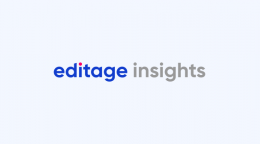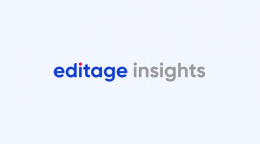New open access journal to pay reviewers and operate on "pay it forward" model

The University of California Press announced the launch of a new online, open-access journal Collabra, a mega journal created along the lines of PLOS ONE. It will reportedly pair research from faculty in life and biomedical sciences and ecological and environmental sciences with research from faculty in social and behavioral sciences in its initial phase.
Collabra has been a topic of much discussion among the academic circle since it is attempting to move away from the conventional model of publication, in that it will pay peer reviewers and editors for their contribution. Uniquely, the journal is based on “pay it forward” concept i.e. reviewers and editors have the option to accept or to pass along the remuneration they receive either to their local institutions’ OA subvention funds or to Collabra to support its own Article Processing Charges (APC) waiver fund. In an interview, UC Press director Alison Muddit mentioned that “We wanted to develop a framework that tangibly demonstrates the value of peer review and opens avenues to redistribute that value to the research communities.”
Being an open access journal, Collabra will not charge subscription fees, but will charge authors APC after their work is published. The journal is set to charge an APC of $875, of which $625 will go toward the publishing platform, while the rest will be awarded to reviewers and editors. Interestingly, the journal is based on complex algorithm that involves paying reviewers, subsidizing certain research and about $10,000 in seed money that the UC Press has invested for the journal’s launch. The journal relies on the “pay it forward” model to sustain itself economically once the seed fund runs dry. This is being viewed as a challenge by experts in the industry.
On a positive note, when the UC Press surveyed researchers from the US and the UK as well as experts in the research community to know their views regarding the concept behind the journal, 49 percent of respondents said they would keep the money, while 51 percent said they would donate it either to their college or library or back to the waiver fund. While the response to the journal’s concept is promising, it remains to be seen how the model manages to sustain itself.
The journal will publish its first articles in March 2015.
As authors and reviewers, what are your views regarding the journal's model? Please share your opinion in the comment box below.
Published on: Feb 11, 2015
Comments
You're looking to give wings to your academic career and publication journey. We like that!
Why don't we give you complete access! Create a free account and get unlimited access to all resources & a vibrant researcher community.













